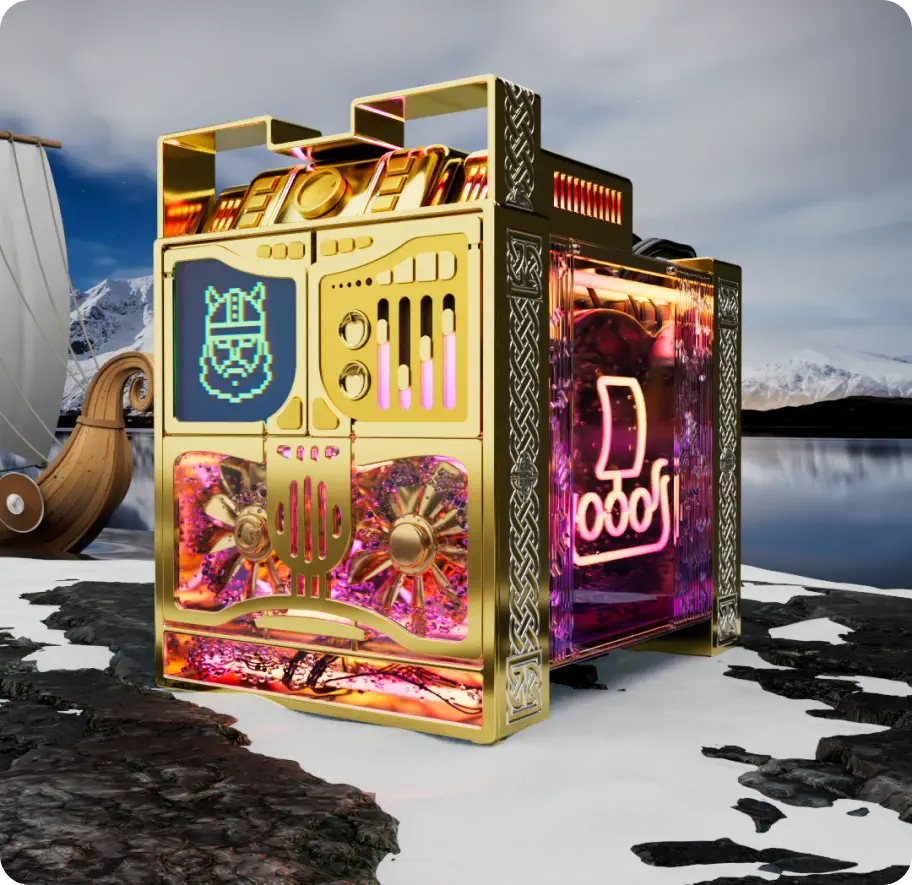
How Steamboat Warfare Can Be Traced Back To The Battle Of New Orleans
The Battle of New Orleans remains famous to this day for having solidified the political career of Andrew Jackson, and having been fought two weeks after the United States and Great Britain had signed a peace treaty. While irrelevant to the war, the battle itself was hard-fought as the Americans had the additional enemies of starvation and disease, while the British found themselves unable to scale the former’s defenses (via History). The victory on January 8, 1815, would have tremendous consequences for the United States.
In the United States, the battle neutered the political influence of the Federalist Party, whose borderline secessionist and defeatist rhetoric cost them their already dwindling support. Jackson’s leadership during the battle raised his national profile and provided him a path to the presidency, with which he amplified his cruel efforts to displace Native peoples residing east of the Mississippi river.
There is also a facet of the battle that comes across as almost anachronistic in hindsight: steam power. While steamships would become a staple of warfare in the later 19th century and onward, it saw its first recorded military use in the Battle of New Orleans (via Mental Floss).
A steamship saved Fort St. Philip
Henry Miller Shreve was a pioneering merchant who contributed to the refinement of the Mississippi River as a major trade network. In his early years Shreve made use of then-conventional rafts to transport his goods, but in 1810 was made captain of the revolutionary steamship Enterprise. For four years he used the vessel to make previously impossible ventures up and down river (via Britannica). In 1815, a few days before the Battle of New Orleans, the American defenders of Fort St. Philip were severely lacking in food, clothes, and ammunition.
Jackson himself contacted Shreve in the hopes that the latter could help mitigate this by transporting weapons to his besieged men. On January 3, Shreve managed to do just that, evading British soldiers along the banks of the river before arriving with his shipment, re-supplying the besieged troops. While the vessel was not armed itself, its use in the War of 1812 predates more famous uses of steamships in warfare, such as the Civil War’s ironclads, over the course of the following decades. Shreve participated in the Battle of New Orleans five days later as an artillery commander.

Why Women Were Once Banned From Playing Soccer

The Untold Truth Of 20,000 Leagues Under The Sea

The Untold Truth Of Brigitte Bardot

The Undertaker's Transformation Is Seriously Turning Heads

The Sad Truth About Princess Helen From Serbia

How Christopher Columbus Nearly Starved His Crew To Death

Did Amelia Earhart Have Any Kids?

Why The Beatles Wouldn't Have Existed Without Buddy Holly's Band

Rules Hells Angels Have To Follow

The Last Meals Of These Famous Figures























